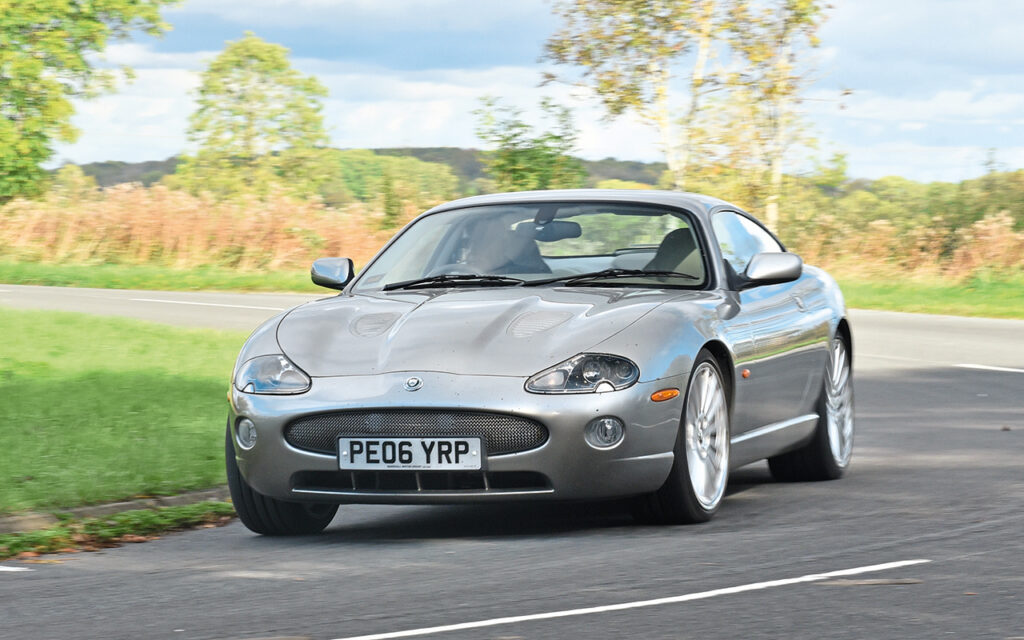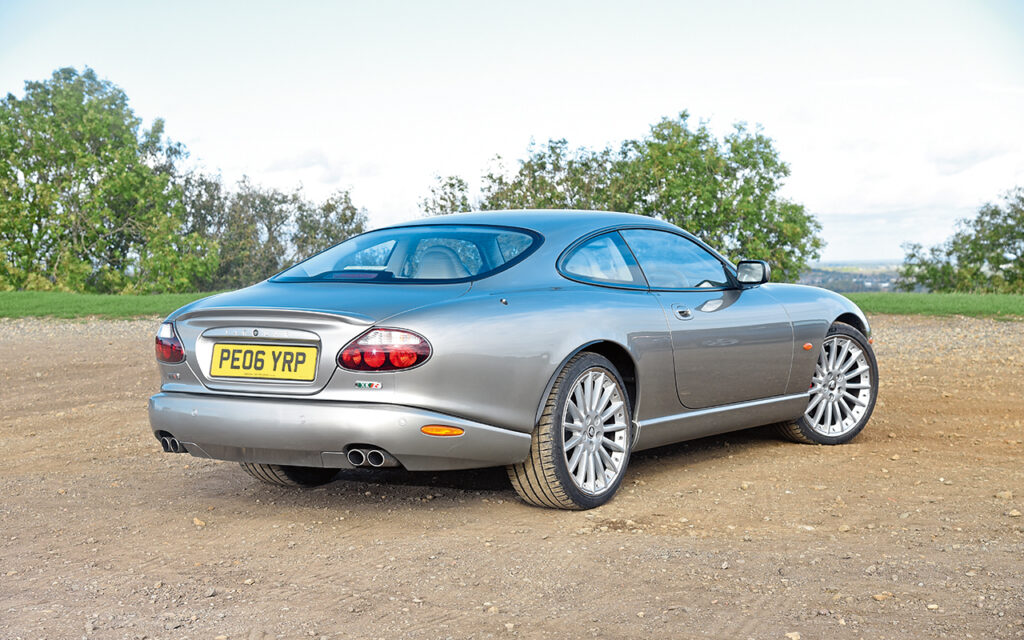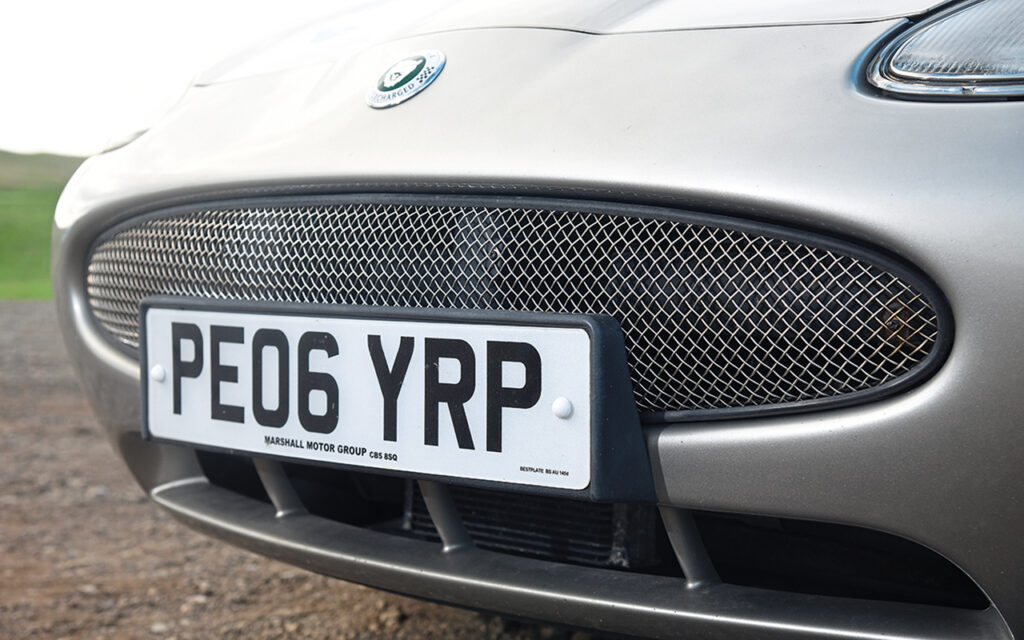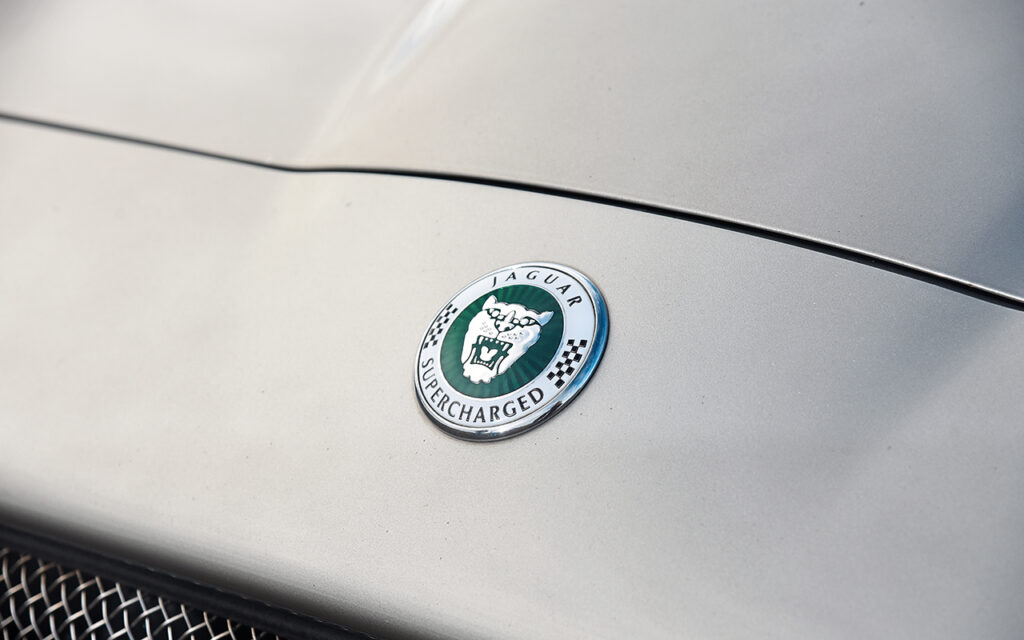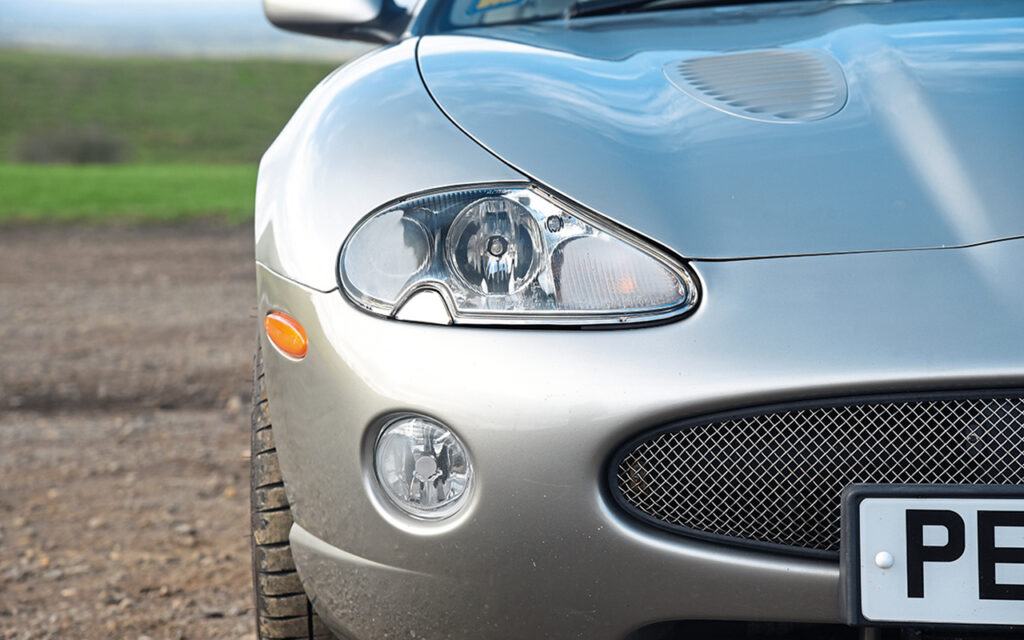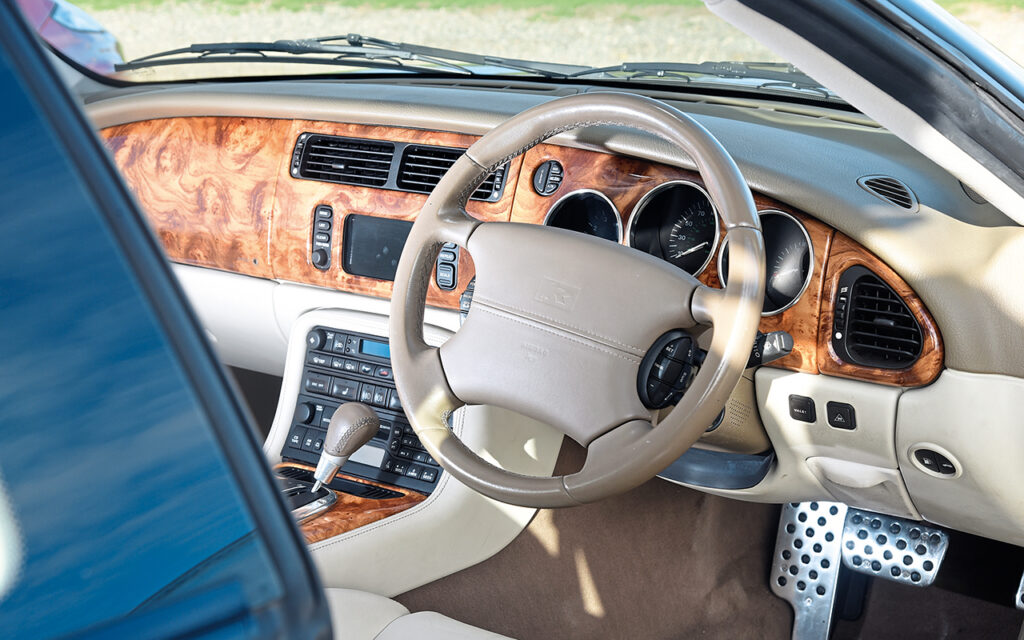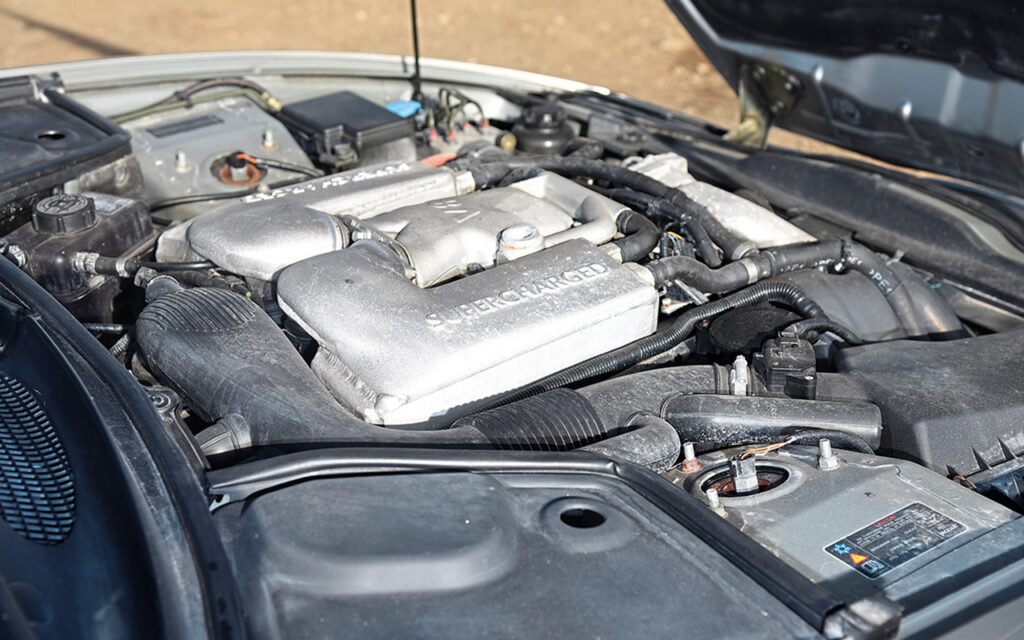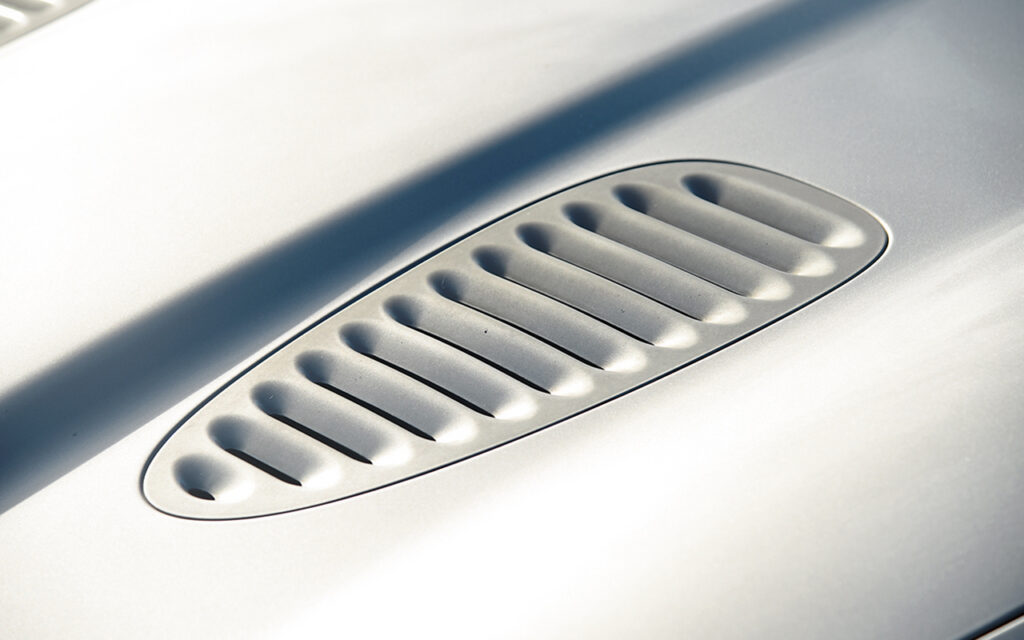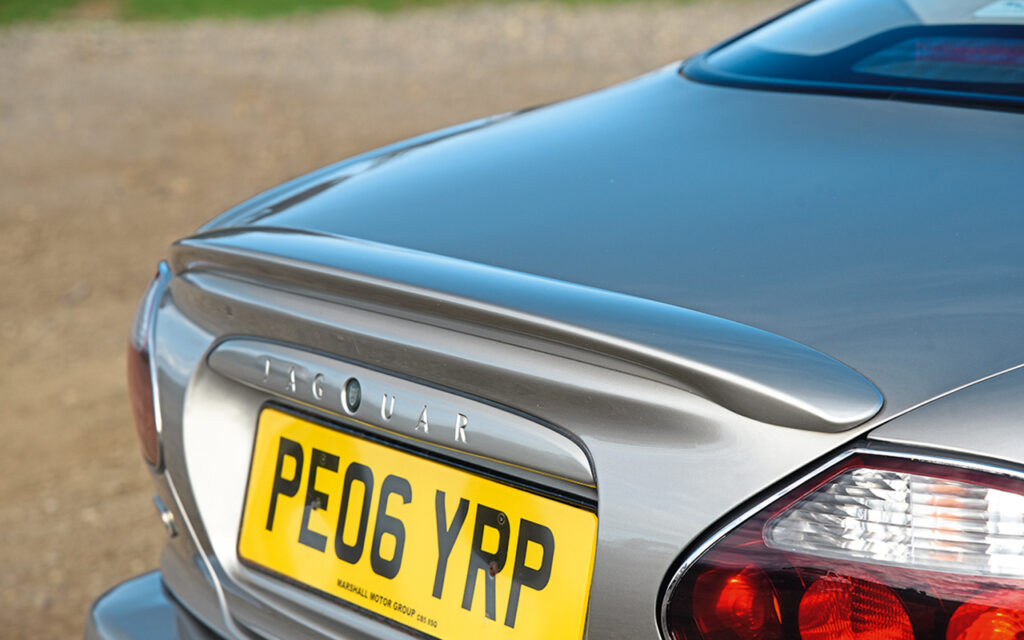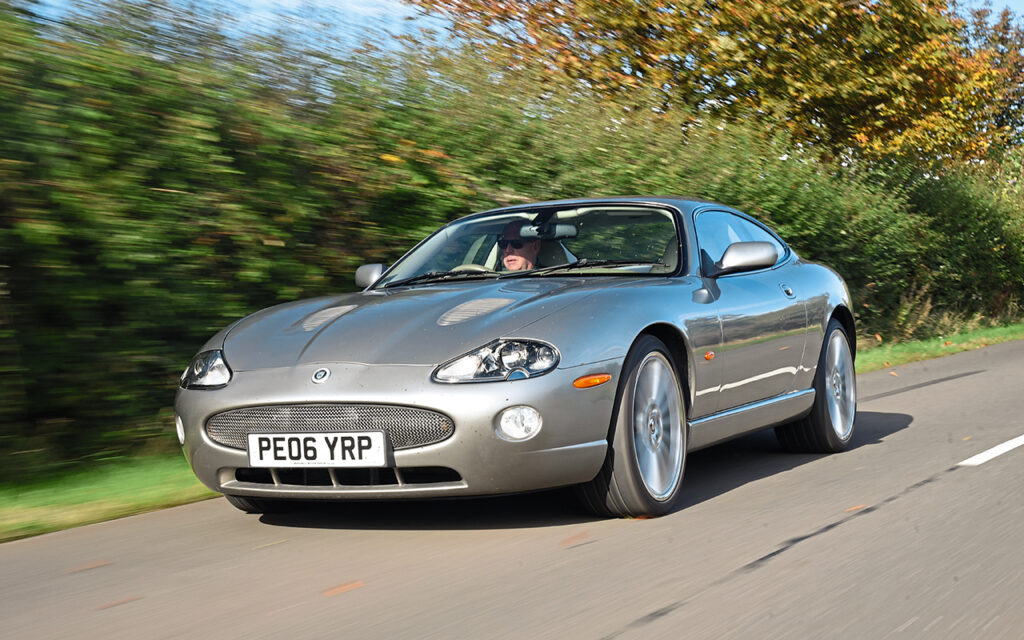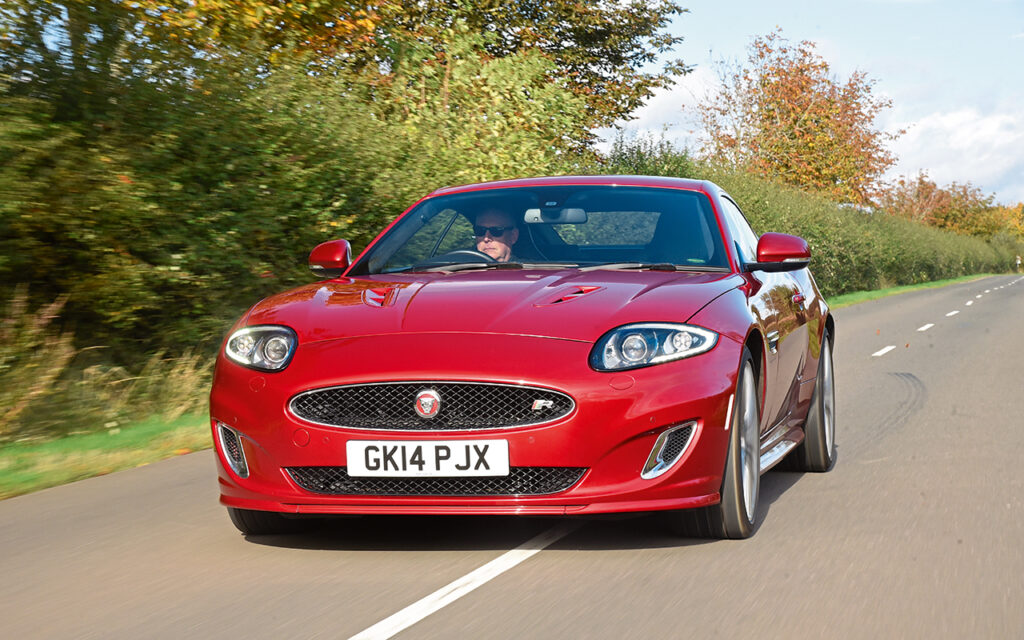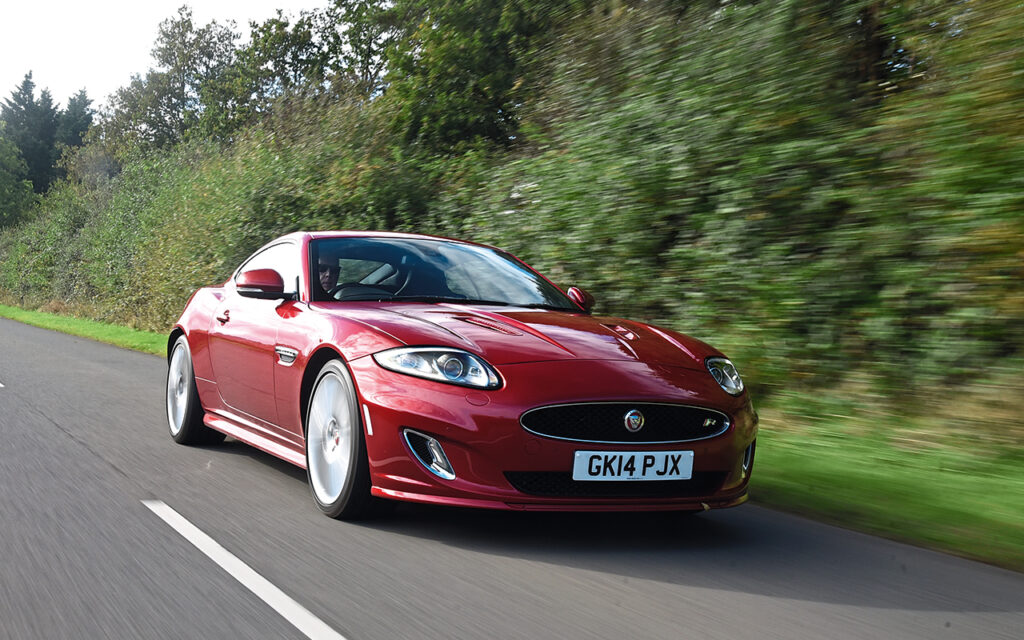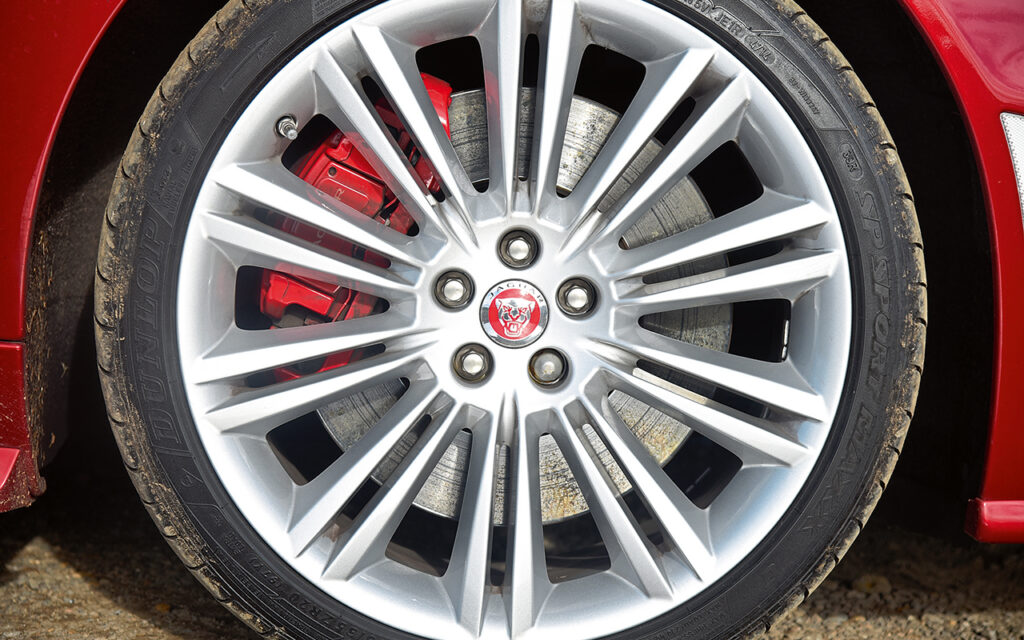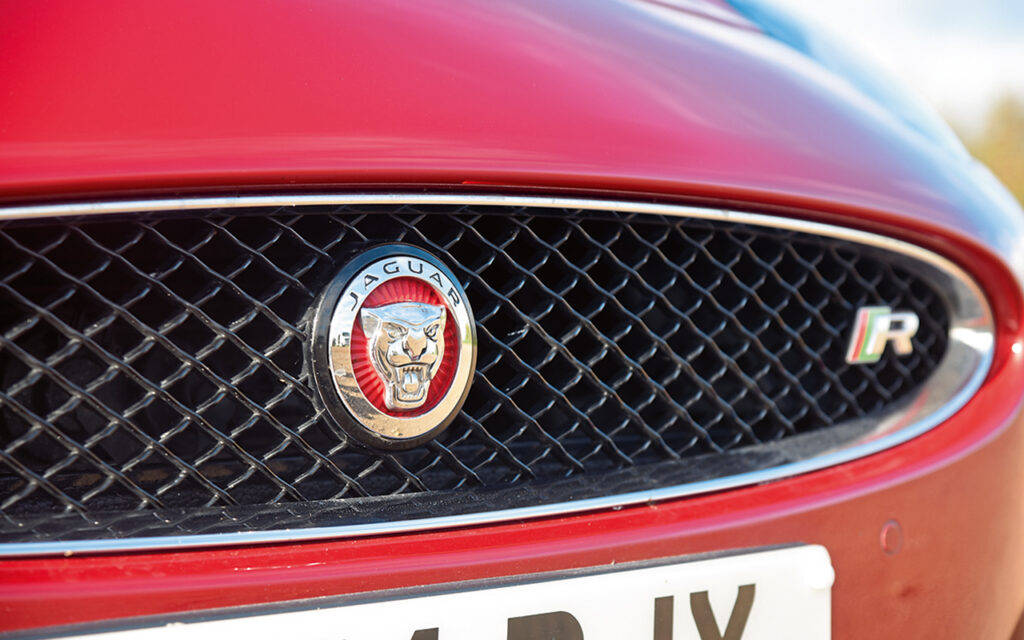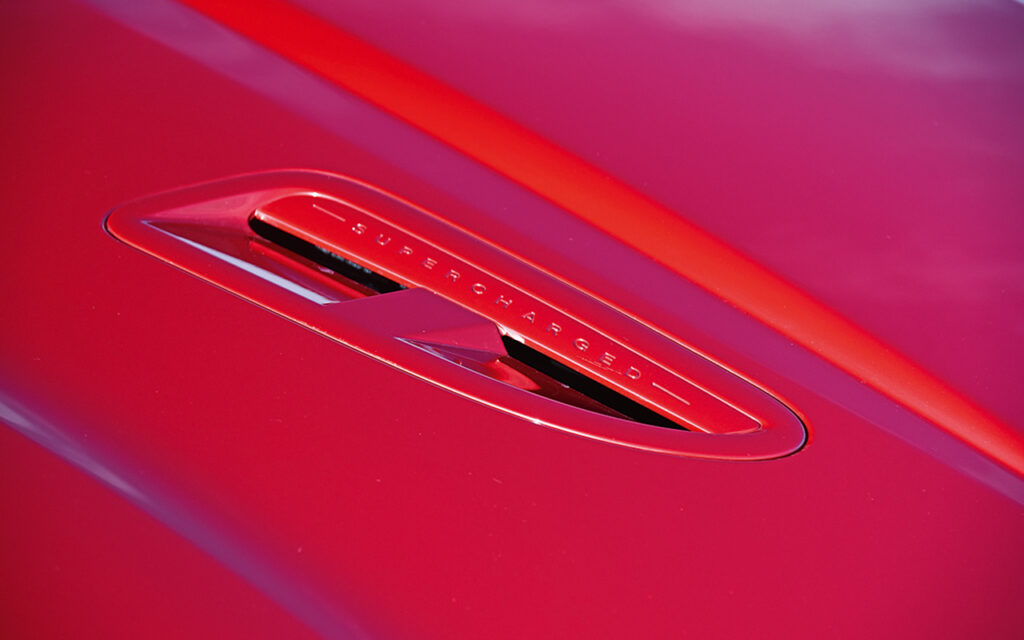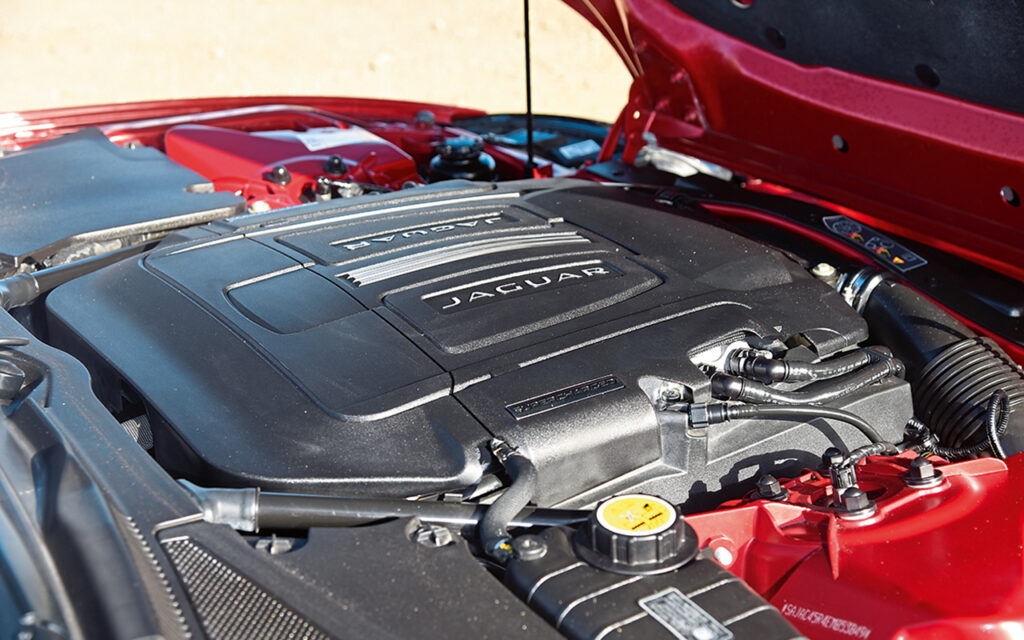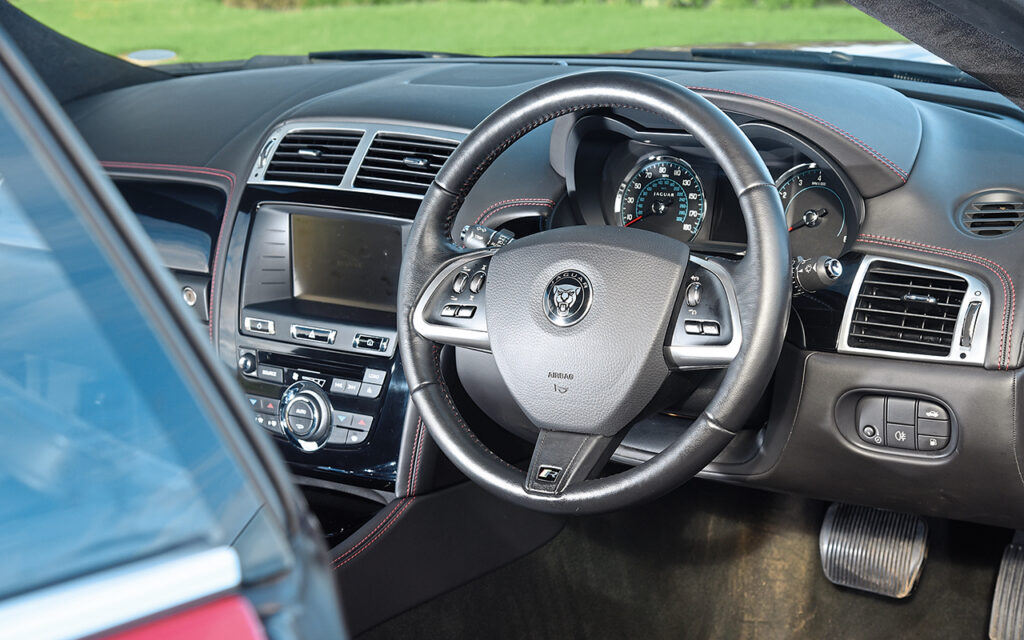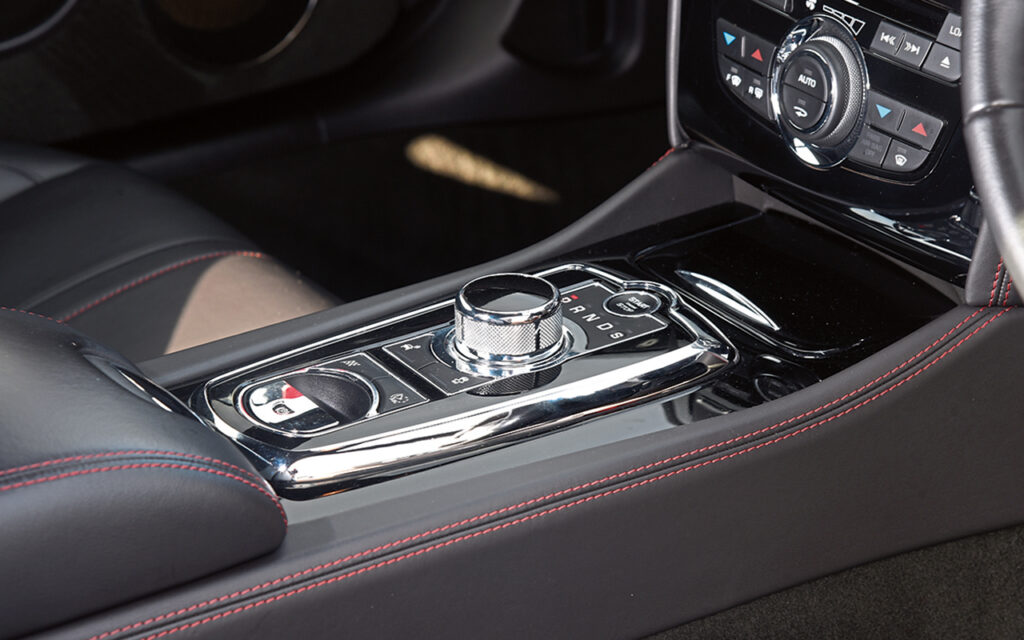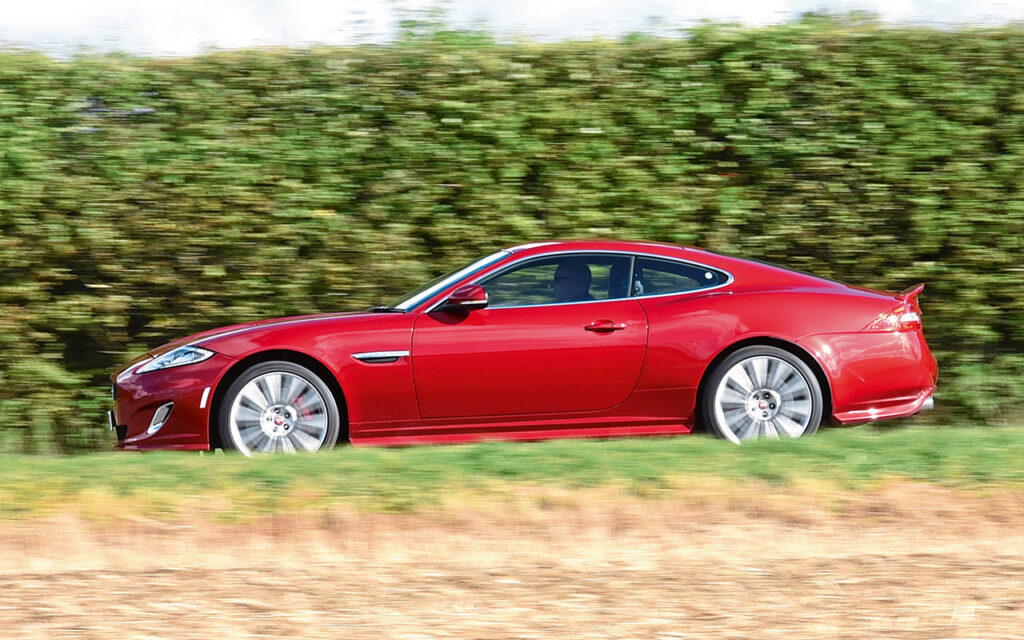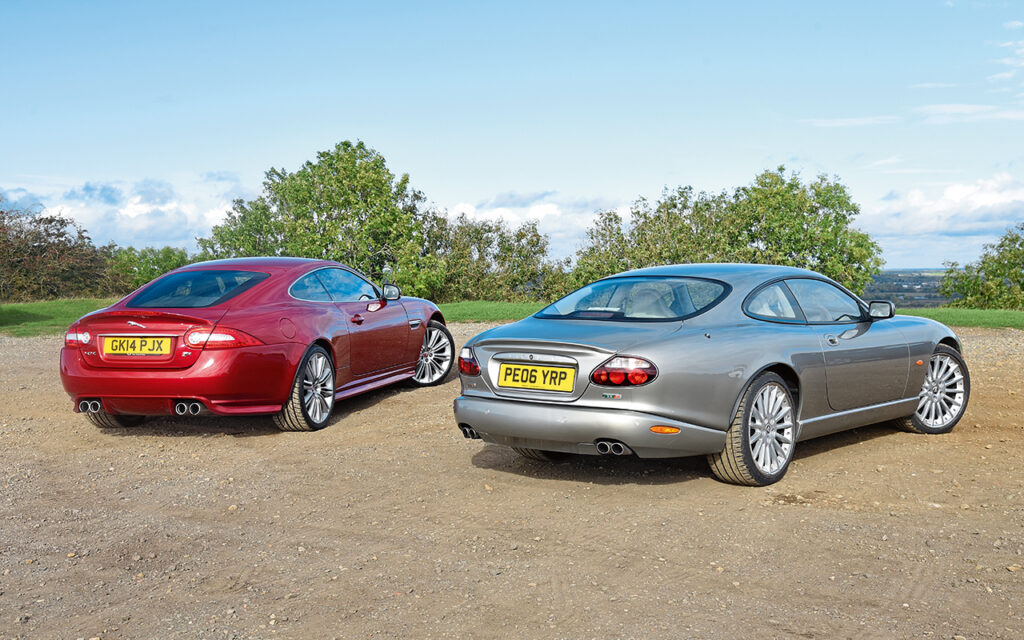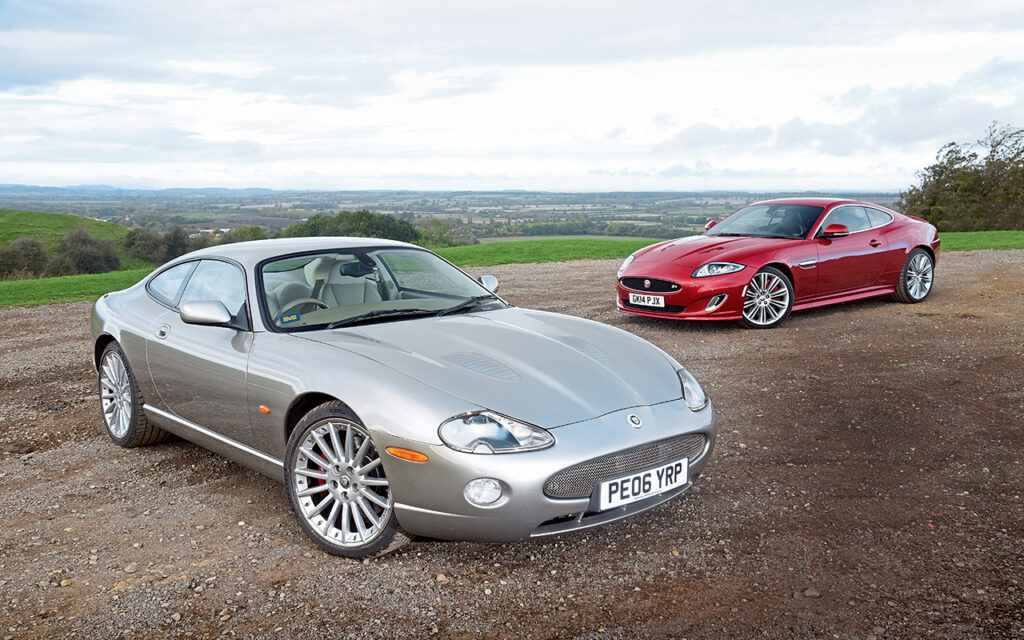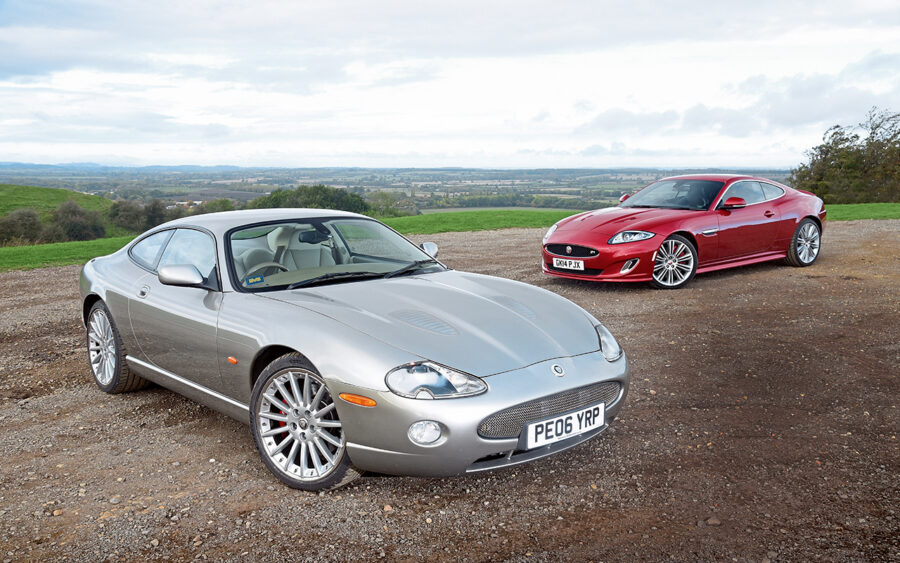These run-out specials saw out production of two different generations of Jaguar XK. We find out which is best: XKR 4.2S or XK Dynamic R
Words and images: Paul Walton
It’s a problem that has troubled automobile manufacturers since 1895, when Karl Benz replaced his original Motorwagen tricycle with the four-wheeled Velo: how do you keep a soon-to-be-discontinued car desirable until production finally ends?
For some, the answer is to discount and discount again. For others, it’s to add as many hitherto optional extras as possible, creating a highly specified and, therefore, sought-after limited edition. This is the route Jaguar took with the final few examples of the two generations of XKR: the 4.2-S from 2005 and Dynamic S nine years later.
Both were loaded with the results of a decade’s worth of improvement and more equipment than Doc Brown’s time-travelling DeLorean, making them the most desirable of their generation. But, which is the better end-of-the-line, runout model?
When Jaguar revealed the Advanced Aluminium Coupe (ALC) prototype at the Detroit Auto Show in January 2005, its designers made no secret that it was close to the production version that would soon replace the existing car. “When you see the new XK, you’ll see a clear link between the two,” said Jaguar’s senior design manager, Giles Taylor, who was responsible for both the ALC and the production XK.
Although the new XK’s basic design was an evolution of the current model, its modern lines were crisper and tauter, and had more than a touch of the Aston Martin DB9 about them. With Jaguar’s familiar supercharged 4.2 V8 under the bonnet and a new, all-aluminium lightweight chassis, it certainly promised healthy performance. The message was clear: if you were in the market for a four-seat grand tourer, this was the one to have.
However, with production of its predecessor – internally known as the X100 – due to continue until 27 May, the problem facing Jaguar was how to keep its then nine-year-old car desirable for a little longer. The answer was the XKR 4.2-S. Revealed at that year’s Geneva Motor Show, in March, and available in both normally aspirated and supercharged form, plus coupe and convertible, it became the sole specification for the car.
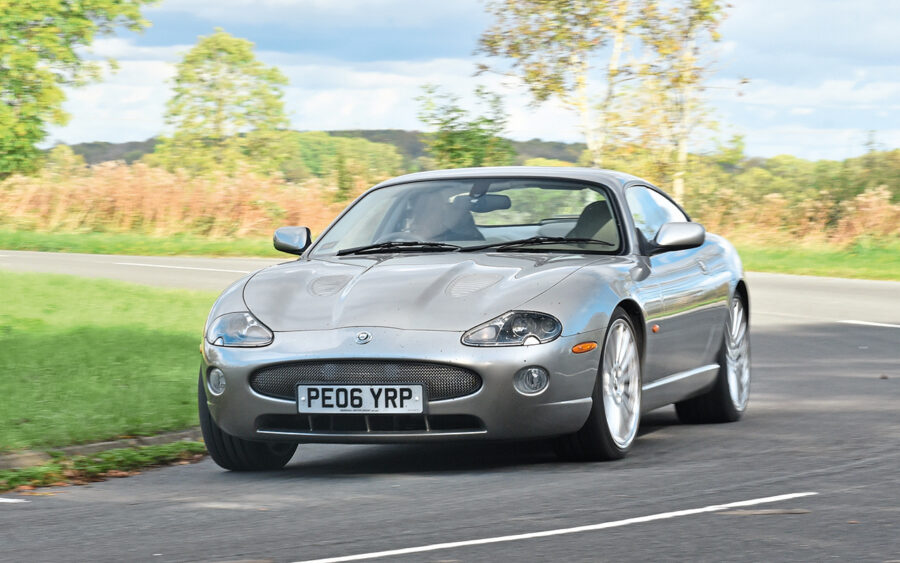
To set it apart, the XKR 4.2-S featured a new and unique chequered emblem for the bonnet badge and treadplates that Jaguar said were inspired by its racing pedigree. This was, perhaps, more appropriate for the American version – called the Victory Edition – which celebrated Jaguar’s four championship wins in the North American Trans-Am road racing series.
Central to the XKR 4.2-S’ appeal were the many hitherto optional extras it came with as standard. These included electrically operated power-folding side mirrors, heated and electrically operated front seats, Xenon headlights, a 320W eight-speaker sound system and Bluetooth connectivity, the latter still a rarity in the mid-2000s. The veneer was carbon fibre or, as seen on the car featured, Elm (which was also standard on the XK8 4.2-S). Together with red brake calipers and cross-drilled discs, it made the XKR 4.2-S the best specified of any X100 in its nine-year history.
Yet, even at the end, the car’s strongest card was always its looks, illustrated by this Silver Metallic coupe (one of four colours available). The X100’s basic design may go back to when Oasis’s Gallagher brothers still talked to each other, but, even in 2005, it would have remained a good-looking car. Plus, it had a slightly more aggressive stance due to three facelifts, in 2000, 2002 and 2004, which saw the addition of side skirts, boot spoiler and lowered suspension.
It was cheap, too. At £59,995 for the XKR coupe (the convertible was an extra seven grand), the XKR 4.2-S was a fraction more than the previous standard model, yet still £15k less than the Mercedes-Benz SL500’s list price and £30k less than the Porsche 911 Turbo. More importantly for the financially savvy, it was eight grand cheaper than its eventual replacement.
“All Jaguars are special,” said Bibiana Boerio, Jaguar’s then managing director, when the car was revealed, “but the XK has always had its own attraction. As well as being a truly beautiful car, the fact that we have progressively updated the technologies and specifications makes it all the more desirable – and the new 4.2-S is a perfect example of this.”
Unfortunately, things didn’t go exactly to plan. Unlike in 1996, when Jaguar had offered XJS buyers a guaranteed buy-back scheme of 80 percent of the purchase price if they ordered an XK8, there was no such deal this time. The consequence was that many of its customers preferred to wait, leaving the dealerships full of unwanted 4.2-S models. This silver car, for example, wasn’t registered until 31 March 2006, ten months after it was produced.
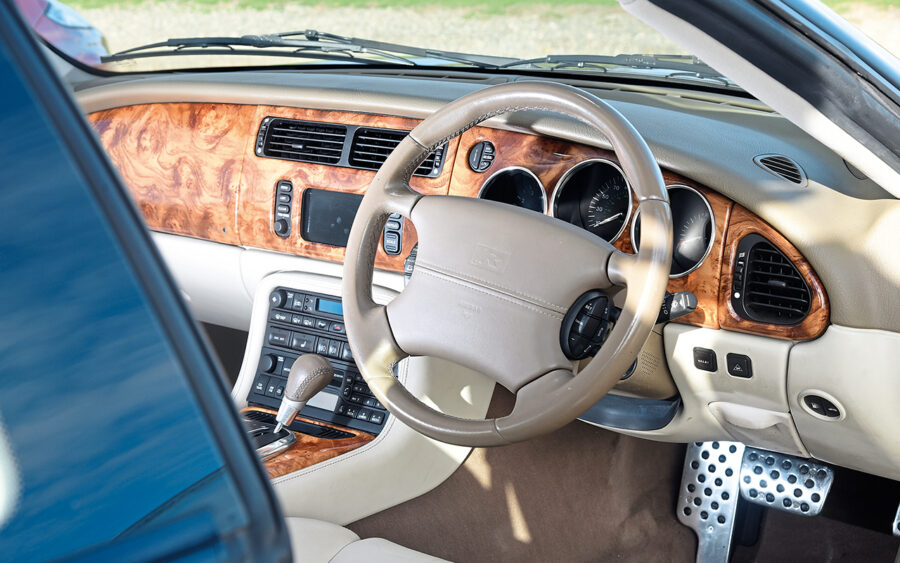
When I climb inside, I begin to understand why. We might see the X100-generation XK as a modern classic now, but 16 years ago it was viewed as old-fashioned, and nowhere illustrates this more than the interior. Coming at a time when Apple’s easy-to-use iPod was revolutionising and simplifying product design, the overly complicated layout was more confusing than a Mandarin menu. And even for a sports car, interior space was limited.
But, with the thick leather upholstery, large and soft seats, plus silver rings around the dials (another part of the 4.2-S package), the car is as comforting as my mother’s cooking or watching an episode of Downton Abbey.
When I twist the key the supercharged V8 erupts with a reassuring growl. The design is close to 20 years old, but the 4.2-litre remains a masterful engine offering a strong, confident, gutsy performance. Then, as I squeeze the throttle, the six-speed ZF-sourced automatic gearbox immediately changes down a couple gears, and, with the rev needle pointing to the right side of the dial, the car unhesitatingly increases speed with the eagerness of one half its age.
Where the X100 does feel its age is in the handling. Steel bodied and, therefore, heavy, its bulk is ever present, and although it has Jaguar’s Computer Active Technology Suspension (CATS) constantly measuring the load on the dampers and adjusting accordingly for a perfectly balanced chassis, it still lacks the litheness and directness of a proper sports car.
The upshot, though, is a very smooth and supple ride, the suspension absorbing lumps in the road more effectively than its rivals of the time – or even its replacement.
Speed, comfort, good looks, rarity and a comprehensive specification now make the XKR 4.2-S highly desirable. So, while early XK8s can be bought for as little as five grand, you won’t find one of these for less than £15k. But, with low-mileage examples now more than £30,000 and XK Dynamic Rs from 2014 worth just £5,000 more, is the later car the better option?
Since there was no direct replacement for the X150-generation XK when production finished on 24 July 2014, it ended 39 years of Jaguar grand tourers. And with the F-Type already on sale (which was outselling the X150 six-to-one at the time), Jaguar had the same problem as it had with the X100: how to keep the car relevant as it reached the end of its life. The solution was a familiar one, and it launched a pair of limited editions with more whistles and bells than a steam train.
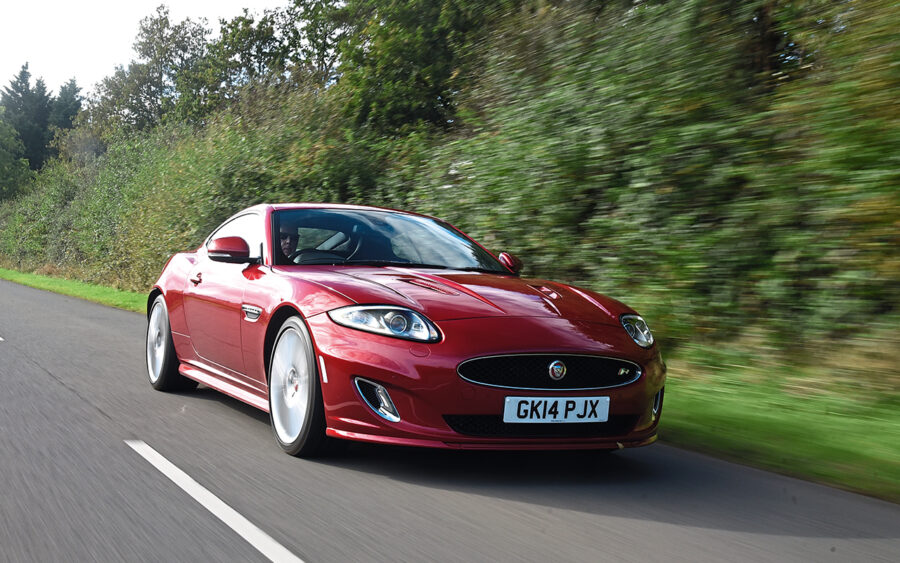
Introduced in January 2014 and available as both a coupe and convertible, the normally aspirated model was called Signature, while the supercharged was Dynamic R, both of which replaced the previous, standard models.
Although the latter’s 503bhp supercharged V8 was left untouched, it did have Jaguar’s Black Pack. Suspension technology incorporated from the XKR-S added a stiffer knuckle for improved steering precision, uprated springs and damper settings and Jaguar’s Adaptive Dynamics system. The ride height was lowered by 10mm and the usually optional Speed Pack (which increased the maximum speed from 155mph to an electronically limited 174mph) was standard.
The exterior featured the body-coloured Aerodynamic Pack with front splitter and larger rear spoiler, as well as a body-coloured rear diffuser and side sill extensions. A performance active exhaust was also added.
Inside, there were new performance seats in soft grain leather and red contrast-stitch leather that featured a sewn diamond pattern, plus Piano Black veneer and bright metal sport pedals.
As this Italian Racing Red (one of six colours available for the Dynamic R) example shows, it was a mouth-watering package, especially considering that, at £69,975 for the coupe, it cost £10k less than a similarly specified car would have in 2013 and came in a whopping £27,500 under the XKR-S.
With its sharper, crisper lines, longer profile and taller haunches, the X150-generation XK was always more aggressive than its predecessor; the Dynamic R’s 20in ‘Vortex’ diamond-turned wheels, less-than-subtle body kit and suspension so low that speed humps must feel like scaling a mountain, make even more so. Compared to the 4.2-S, it’s like a butch Pit Bull Terrier next to a delicate Irish Setter. It lacks the grace and elegance of its predecessor, two words that should always be applied to a Jaguar, no matter its age.
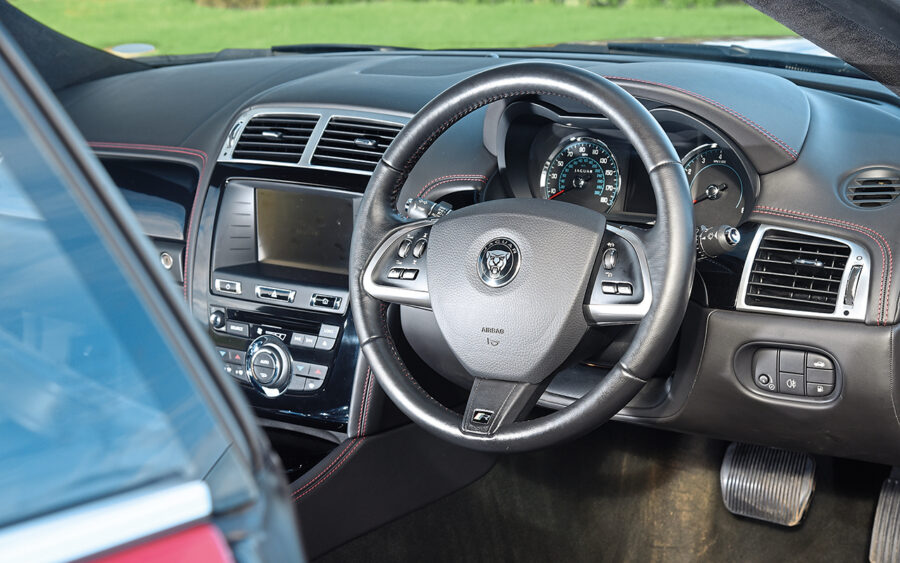
The interior is obviously more modern. Not only is the wood veneer gone, but the central touchscreen that controls all the car’s infotainment systems removed the need for the X100’s three rows of small, hard-to-read buttons. The black leather sports seats are firmer and tighter, gripping my hips in a way that stops me from lolling about as I do in the X100. Yet I can’t help feeling it lacks the class of the 4.2-S and could be any mid-range sports car from a decade ago due the cheapness of the materials used for several prominent areas (including the touchscreen surround).
But, once again, after I start the engine, misconceptions disappear as quickly as petrol is turned into noise. The active exhaust makes the note deeper, louder and more flamboyant than the X100’s, but then, you don’t drive one of these cars if you’re afraid of drawing attention to yourself.
Obviously, with 503bhp, it’s fast, the power arriving in one smooth, continuous arc, so strong it has the ability to purge my lungs of air. What I love most about the supercharged 5.0, though, is its mid-range acceleration, how quickly it responds when travelling at 60mph or 70mph, instantly punching a hole in the air ahead of me while filling the countryside with a deep, menacing wail.
The disappointingly cheap-feeling steering wheel-mounted paddles offer a level of control over the six-speed automatic gearbox that the X100’s J-gate could only dream of, giving me the wonderous ability to balance the power through a corner before booting the throttle, the ’box changing up the moment my fingers request it.
The biggest difference the Dynamic-R has over the 4.2-S is in its handling. Crisper, sharper and quicker to react, it’s much more of a sports car than its cumbersome predecessor, happier to be thrown into corners at a faster pace while suffering from less body roll. It is a harder ride, though, and every change of road surface is transmitted back into the cabin, and even when driven slowly it’s less relaxing than the X100.
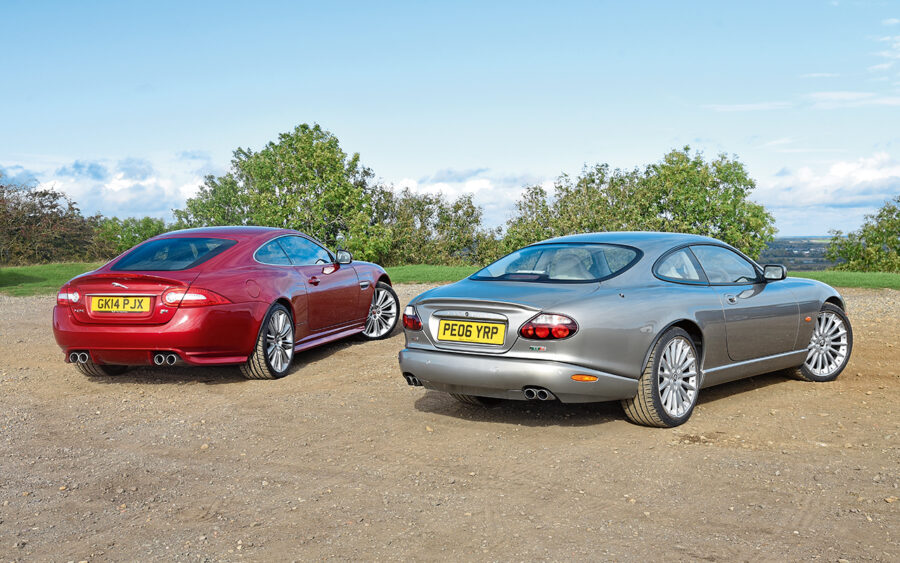
But, just as the XKR 4.2-S is the best X100, the Dynamic-R is the best X150 and not only because of all the extra equipment. A lot of development went into the car during its nine-year history. Drive an early XK 4.2 from 2006 and it will feel similar to the X100, whereas this late Dynamic R has more than a touch of today’s F-Type R about it. Update some of the cheaper aspects of the interior and it could still be a current car.
So, they’re the best-developed models of their relevant generations, but which would we take from these two XKRs? On a technical level, the Dynamic R clearly wins. Faster and more agile, it was initially the easy choice to put ahead.
But the X150 lacks something the X100 XKR has an abundance of, something that’s always made Jaguars stand out in a crowd: character. The Dynamic R may be a better driver’s car, but the 4.2-S, with its luxurious interior and elegant exterior, is the more special. And that’s something all the extra equipment in the world can’t buy.
